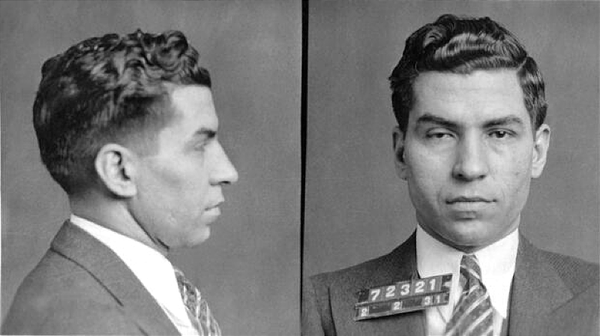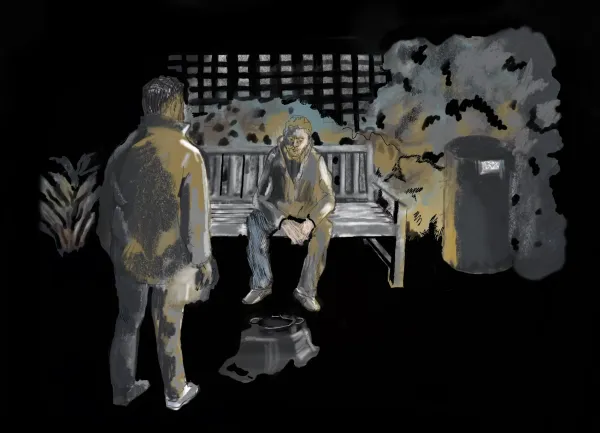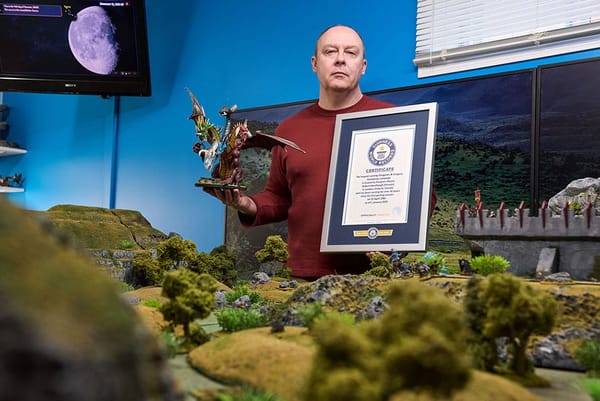He was a chess prodigy but he was trapped in a religious cult

From The Guardian: "When I first discovered chess, after watching the movie Searching for Bobby Fischer on HBO, I was a nine-year-old kid living in a tiny village in the mountains of Arizona. Searching for Bobby Fischer was to me what Star Wars was for kids a few years older. I was dirt poor. Tonto Village, where my sister, my brother and I lived, had nothing but dirt roads, and we’d run around barefoot most of the time. We’d disappear in the forest for hours, playing cops and robbers, building magnificent forts, making our own worlds. For most children, the challenge of living in such a small, remote place would be loneliness, only having a handful of others like yourself to play with. But that was never the case in Tonto Village. On any given summer day, there were probably around 100 of us, all under the age of 12, running around shirtless and barefoot in the dusty streets and hills and streams and forests, because we were all being raised in the Church of Immortal Consciousness – a cult."
Two families came up with a dangerous plan to escape from East Germany in the 1970s
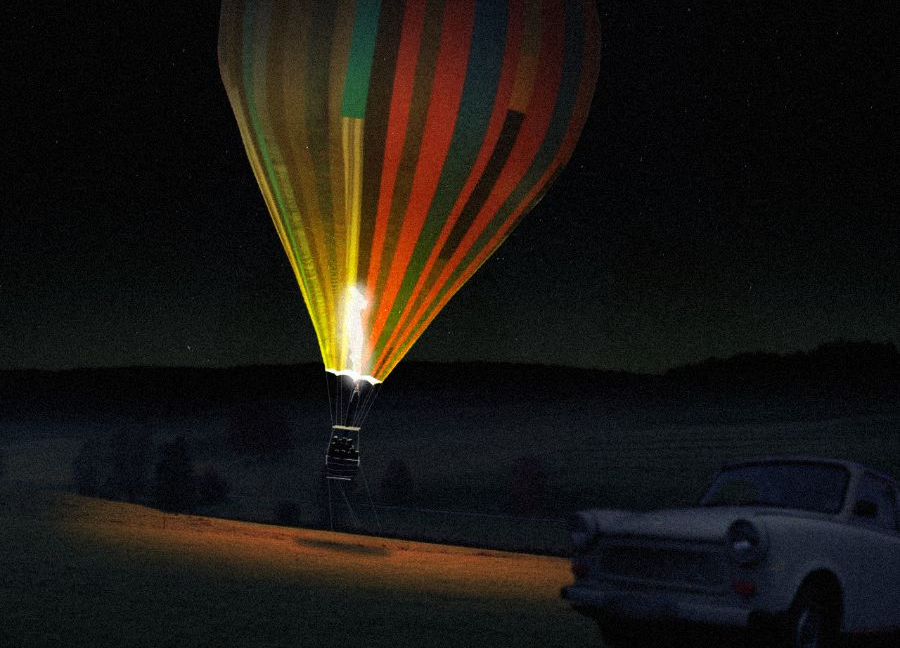
From Damn Interesting: "As night fell over the East German town of Pössneck on the evening of 14 September 1979, most of the town’s citizens were busy getting ready for bed. But not Günter Wetzel. The mason was in his attic, hunched over an old motor-driven sewing machine, desperately working to complete his secret project. Wetzel and his friend H. Peter Strelzyk and their families had been working on their plan for more than a year and a half, and by now the authorities were looking for them. Earlier in the day, a strong wind had arisen from the north. These were exactly the conditions that the two families had been waiting for. Around 10:00pm, Wetzel put the finishing touches on the massive patchwork project, then rounded up Strelzyk and prepared to leave. Two hours later the families were en route to a predetermined clearing on a hill. The other components of their project—a steel platform, a homemade gas burner, and a powerful fan—were already packed and ready to go. It was time."
There's a giant Egyptian obelisk in Central Park that was created in 1425

From Central Park: "Central Park is the third location for this 220-ton monolith, a single piece of stone carved out of granite at the quarries of Aswan, a major source of stone for Egyptian antiquities. It was one of two obelisks commissioned by Pharaoh Thutmose III for the Temple of the Sun in Heliopolis, near modern-day Cairo. Scholars believe that obelisks represented eternity and immortality, and their long, tapering form functioned to connect the heavens and the earth. Their pinnacles were typically covered in gold to reflect the sunlight. When the Romans discovered the two obelisks in 12 BCE, both had toppled and were lying partially buried in the sand. The Romans transported the obelisks to Alexandria and installed them at an entrance to a temple dedicated to Julius Caesar. The temple had been built by Cleopatra, which is one theory of how they came to be called Cleopatra’s Needles, a name that still endures."
Hi everyone! Mathew Ingram here. I am able to continue writing this newsletter in part because of your financial help and support, which you can do either through my Patreon or by upgrading your subscription to a monthly contribution. I enjoy gathering all of these links and sharing them with you, but it does take time, and your support makes it possible for me to do that. I also write a weekly newsletter of technology analysis called The Torment Nexus.
He jumped into the sea off a cruise ship to avoid a $16,000 gambling debt

From CBS News: "A man who jumped off a Royal Caribbean cruise ship near the Port of San Juan over the weekend — allegedly to avoid paying off more than $16,000 in gambling debt to the cruise line — has been charged with a federal crime, authorities said. Jey Gonzalez-Diaz embarked on the Rhapsody of the Seas at the Port of San Juan on Aug. 31, according to a criminal complaint filed Sunday in the U.S. District Court for the District of Puerto Rico. The cruise ship returned from Barbados on Sunday — when Gonzalez-Diaz jumped into the water as the ship disembarked around 9:15 a.m. local time, during U.S. Customs and Border Protection inspection, the criminal complaint said. Gonzalez-Diaz was then brought to shore by someone passing by on a jet ski, investigators said. CBP officers later located Gonzalez-Diaz, court documents said. He was carrying $14,600 in cash, two phones and five IDs."
A young T.S. Eliot was the first to use the term "bullshit" in a published work
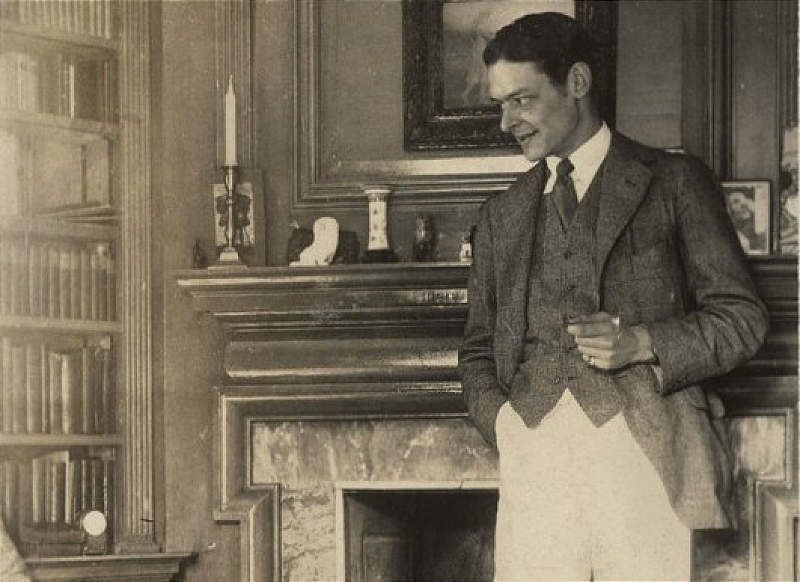
From Open Culture: "Wyndham Lewis first mentions the T.S. Eliot poem The Triumph of Bullshit, which he calls a bit of scholarly ribaldry, in 1915, but it was probably written in 1910. With its first three stanzas addressed to “Ladies,” and all four ending with “For Christ’s sake stick it up your ass,” the poem piles up line after rhyming line of archaic, Latinate words, undercutting their obscurantism with lowbrow crudeness. The third stanza becomes more direct, less laden with clever diction, as Eliot lays out the conflict: Ladies who think me unduly vociferous; Amiable cabotin making a noise; That people may cry out “this stuff is too stiff for us”; Ingenuous child with a box of new toys; Toy lions carnivorous, cannons fumiferous; Engines vaporous — all this will pass; Quite innocent — “he only wants to make shiver us.” For Christ’s sake stick it up your ass. “The Triumph of Bullsh*t” functions as a bratty riposte to Eliot’s critics. (It was, in fact, originally addressed to “Critics,” then changed to “Ladies”).
A highly detailed, zoomable, rotatable 3D map of a San Francisco neighborhood
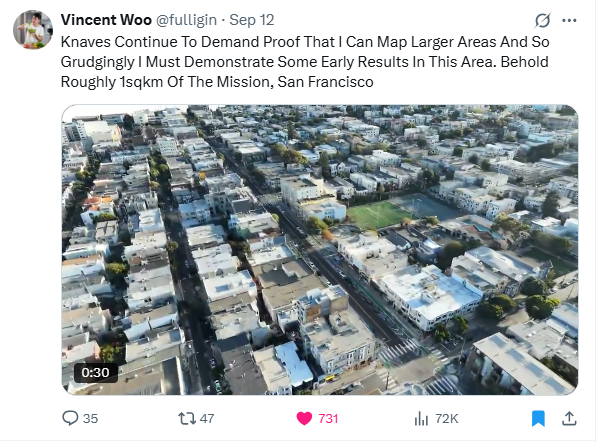
Acknowledgements: I find a lot of these links myself, but I also get some from other newsletters that I rely on as "serendipity engines," such as The Morning News from Rosecrans Baldwin and Andrew Womack, Jodi Ettenberg's Curious About Everything, Dan Lewis's Now I Know, Robert Cottrell and Caroline Crampton's The Browser, Clive Thompson's Linkfest, Noah Brier and Colin Nagy's Why Is This Interesting, Maria Popova's The Marginalian, Sheehan Quirke AKA The Cultural Tutor, the Smithsonian magazine, and JSTOR Daily. If you come across something interesting that you think should be included here, please feel free to email me at mathew @ mathewingram dot com
